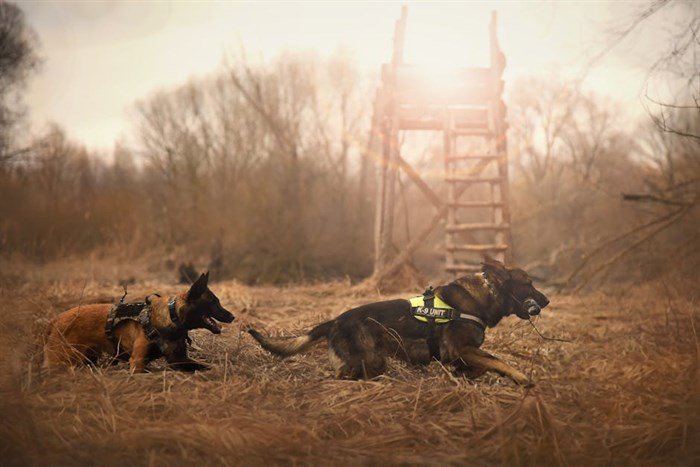Research highlights importance of cooling hot dogs
As global temperatures continue to rise, heatstroke is predicted to affect increasing numbers of people and animals – including man’s best friend. Exercise has been shown as a key trigger for nearly three quarters of all heatstroke cases in dogs treated by vets in the UK.
In a bid to prevent the suffering that commonly results from this potentially fatal disorder, researchers at SRUC and the Royal Veterinary College investigated the effectiveness of different cooling methods for dogs after exercise.
The research was conducted by collecting the body temperatures from 52 dogs of different breeds at various times after canicross - canine cross country - events to compare how cooling methods led to differing rates of temperature change for the dogs.
One of the main messages from the research, published in the Journal of Thermal Biology, is that with body temperatures rising in dogs during exercise and often continuing to rise afterwards, it is good practice to actively cool them straight away, especially in warmer weather and if the dog is prone to overheating. This includes flat-faced dogs, and those which have thick coats, are older or are overweight.
Secondly, putting a dog into a vehicle straight after exercise slows down their natural rate of cooling and reduces the effectiveness of any active cooling interventions undertaken, resulting in the dog staying hotter for longer.
And thirdly, the study showed that water as cold as 0.1 degrees centigrade can be used to effectively cool dogs, dispelling the myth only tepid water should be used when cooling a dog with heatstroke.
“The current best-practice recommendations for managing dogs at risk of heatstroke is to ‘cool first, transport second’, and to cool using either cold-water immersion for young, healthy dogs or a cold-water spray with air movement for old, unwell, or unconscious dogs.
“We must dispel the myth that using cold water for cooling is dangerous, as this is putting dogs’ lives at risk.
“In addition, all owners transporting their dogs after exercise need to be mindful that cooling will be reduced once the dog is in the car. So, if there is any risk of the dog overheating, take time to let them cool down before travelling.”
For further information, please contact:
The Royal (Dick) School of Veterinary Studies,
The University of Edinburgh, Easter Bush Campus, Midlothian EH25 9RG
Deputy Head of School - Operations:
Cat Eastwood


